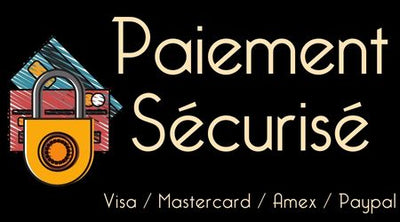Is “Vin Bleu” a real wine?
Jul 06, 2019
Arriving with fanfare last summer, the famous “ blue wine ” is still talked about. Developed by a few French producers, this blue-colored wine promised a 100% natural origin, resulting from ancestral know-how.

The producers of blue wine have always claimed that the color of the wine was obtained by a chemical reaction which was based on the anthocyanins released during the process of maceration of the skins of red grapes in white-fleshed grapes (chardonnay). The explanation was already difficult to convince at the time, because numerous studies demonstrate that anthocyanins are only blue in a basic environment, wine being an acidic environment, they then have a red color.

Last week a group of students from the University of Toulouse published a study in the scientific journal European Food Research and Technology in which they demonstrate that it is impossible to naturally obtain the synthetic molecule which gives the blue color thanks to to the simple winemaking process. According to their conclusions, this color was obtained using a food coloring E133.
These “blue wines” cannot therefore be sold under the name “wine”, but “wine-based drinks” because any product cannot be sold as wine under the pretext that it is made from grape: to have the appellation “wine” it must respect a set of rigorously codified methods.
A mystery finally solved...












